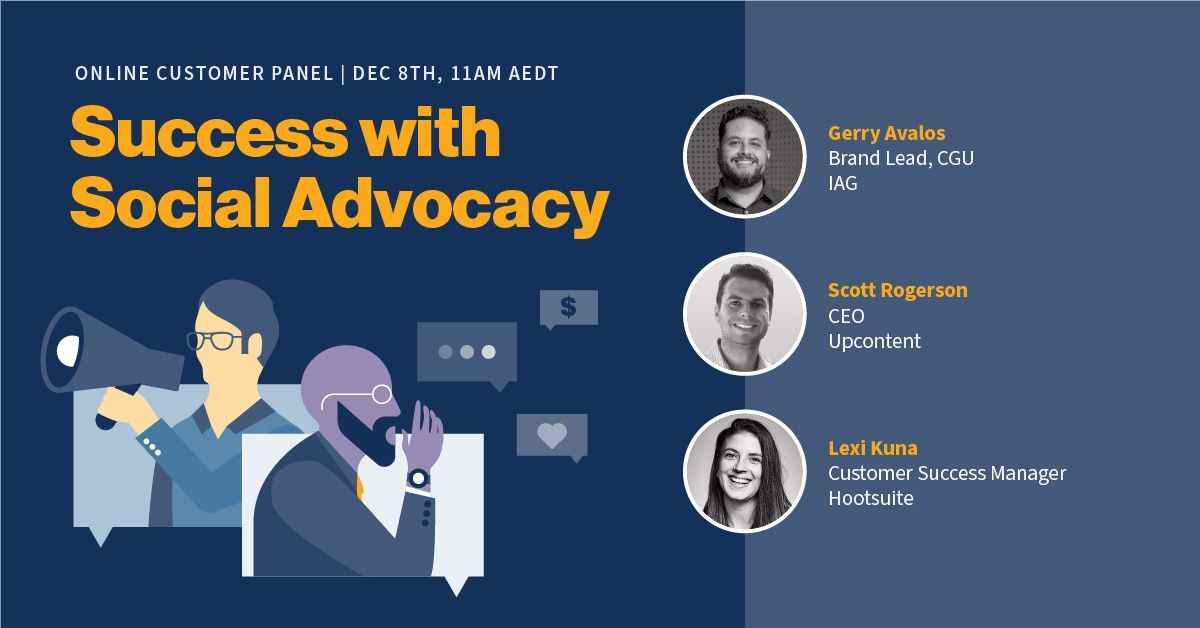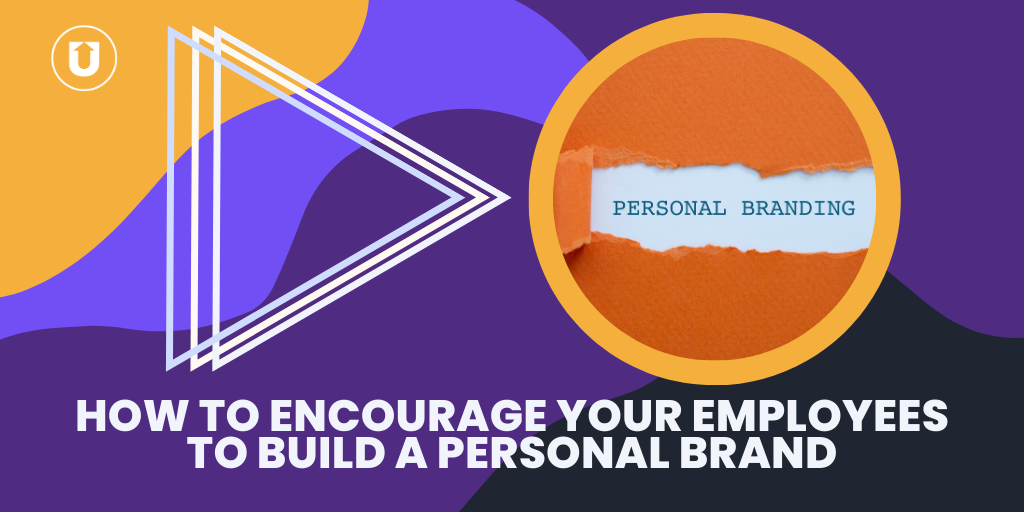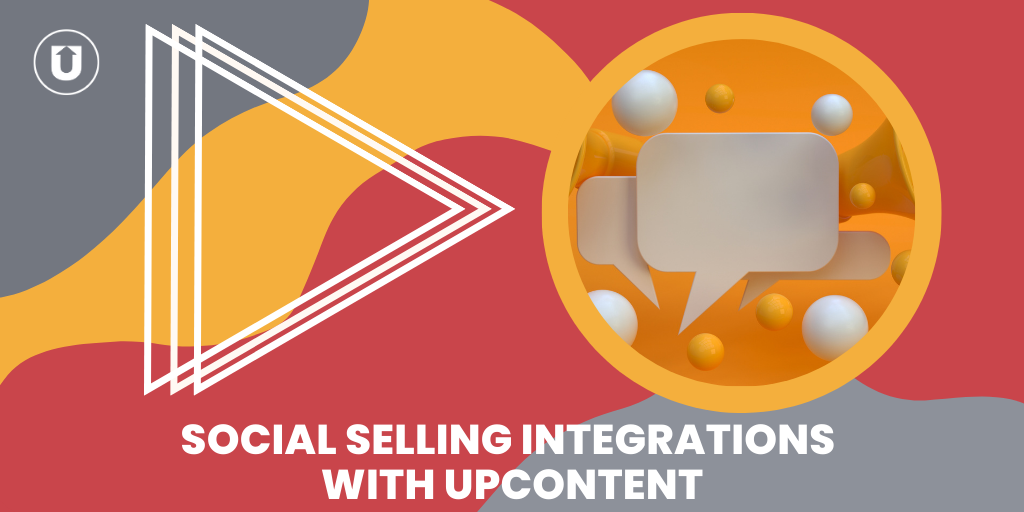Top Hospital in Louisiana Sees 80% Adoption Rate In Their Employee Advocacy Program Using UpContent
As technology booms and the digital noise we all experience reaches deafening decibels, brands, and businesses struggle to connect meaningfully with their target audiences.
Many companies, including one of Louisiana’s leading hospitals, Ochsner Health, have embraced employee advocacy strategies to showcase their expertise and authenticity.
Why use employee advocates instead of doubling down on branded communication channels? Well, studies show that 76% of people are more likely to trust content shared by people than that shared by brands.
Even if the brand and individual share the exact same content, the individual’s post will consistently outperform in engagement and, when collectively shared by multiple team members, in reach as well.
That’s why Ochsner Health developed its Thought Leader Program, which consists of its C-suite leaders, high-profile doctors and other leaders in the company.
But this program didn’t just magically take off; finding the right content, enough of it, and the right motivation were all key ingredients to this success.
Sylvia Smith and Adair LeBlanc lead the digital content efforts of the Thought Leader Program at Ochsner, and we asked them to share Ochsner's secret to consistently high engagement in their employee advocacy program.
Finding The Right Content Topic Blend
For those enrolled in the program, the social media team provides them with articles they can choose from to share on their social media with their followers.
When the program started in 2018, a weekly email blast containing original Ochsner content the marketing team was creating was sent to all program participants to encourage sharing.
However, increasing shares of original Ochsner content wasn’t the program’s only goal.
Additional content was needed to support program participants in showcasing their expertise.
“We wanted to send high-quality curated content along with Ochsner-specific content because we want our thought leaders to start adding their voices to trending medical topics, so using UpContent to discover third-party content to add to what we were already sending our thought leaders helped us do that,” Adair said.
Now, the department sends two weekly email newsletters to those enrolled in the Thought Leadership Program: one with Ochsner-created content and one with external content sourced by UpContent.
“We wanted our leaders to join the conversation of what's happening not just in healthcare, but within the workforce as a whole and being able to chime in on those conversations,” Sylvia says.
When they first started sending the UpContent newsletter, they focused mainly on healthcare topics but weren’t seeing much engagement from their team.
“Everything was so healthcare-focused, like cancer studies and neuroscience news, but we have thought leaders in our program who aren’t physicians or medical experts. They might be strictly over human resources, or they might strictly be over patient experiences. So the content we were sharing with them wasn't anything they could or would want to share,” Sylvia says.
Early in 2023, they decided to revamp the content they were having UpContent discover to include topics around the workplace, lifestyle, and other aspects of roles that aren’t strictly medical related.
“We refreshed what this newsletter looked like so that when people get it, there's a variety of content and at least one to two pieces of content that they can either chime in on, expand on, or just share as a whole,” Sylvia adds.
Getting the Team Engaged
Adair’s team makes it easy for their thought leaders to share relevant and valuable content with their audiences. Finding enough content to allow participants their choice of content can’t be done manually.
“UpContent allows us to search for Ochsner mentions or any content that's timely, and we can give them “ready to share” credible content they can share, add their own perspective, and even use as resources for their original content,” Sylvia says.
Every person in the Thought Leadership Program at Ochsner goes through an onboarding process where they learn about employee advocacy, why it’s important for them to be involved in the digital conversations in their industry, and how to use the resources provided to them.
“Our thought leaders felt more comfortable and prepared to go into the Thought Leadership Program knowing that curated content will be consistently provided for them. And now they look at this weekly newsletter as content to share and learn from,” she adds.
Adair and Sylvia make sure to convey to anyone entering the Thought Leadership Program that while the social media team may provide talking points, they want each individual to express themselves, their thoughts, and their opinions.
“These are still their personal platforms. We're not overriding them, not running them on a day-to-day basis. They are free to express themselves,” Sylvia said.
80% of Enrolled Employees are Actively and Regularly Engaged in the Advocacy Program
The average adoption rate for an employee advocacy program is 53%.
“We, on average, see 70%-80% of users actively participating in the Thought Leadership Program each month now that we are sharing a well-rounded mix of content,” Sylvia says.
But for Sylvia and the team, the real success behind their Thought Leadership Program isn’t clicks, new patients, or increased traffic. It’s making an impact on their employees.
“Anytime I get an email saying, ‘This is important,’ ‘This was helpful!,’ I consider that a job well done. It’s just about our team being engaged with what we are sending,” she says.
While some of their employees will go out and find content on their own to share, most of them rely upon the curated newsletter that the marketing team is sourcing with content from Ochsner social channels and UpContent.
“But now it's like maybe once a month, if not twice a month, I'm getting some type of feedback like this is a good article, or I didn't know that this was a thing,” Sylvia says.
Employee Advocacy Advice From Ochsner
We asked Sylvia and Adair what they would recommend to other companies looking to improve engagement or get employee advocacy off the ground, and their biggest piece of advice is to listen to your employees.
“Finding those things that are important to them, and then finding the content that supports that. It's easier for your thought leaders, or whoever, to be able to share those articles if it’s something they are passionate about or is related to their profession,” Sylvia says.
You have to empower your employees to become those expert voices, and giving them the resources they need and an easy way to share their thoughts and opinions makes adoption that much easier.
“One of the biggest aspects of being a thought leader is actually becoming a driving voice behind trending topics and sharing your insights and expertise on those topics,” Adair says.
“So for us, one of the benefits of using UpContent for curated content is the ability to share content with our thought leaders that they can then share their expert voice on and be that leading voice within their field.”
Thought leadership isn’t just about sharing what you (or your employees) know. It’s about starting meaningful conversations, building trust, and demonstrating you are the go-to solution in whatever industry you’re in.
“If you want a broader audience to chime in on the conversation, you’ve got to look for content that people are talking about, and UpContent can help you find it without having to manually search for it,” Sylvia says.
Curious how other companies are using UpContent? Check out some of our other Success Stories!
BrandMuscle Leverages Localized Content to Increase Social Media Engagement for Clients
Cherry Bekaert Uses Curated Content Across Multiple Departments in a Unified Way
More Curated Content = More Leads: How Canada's Largest Insurance Company Is Using UpContent



